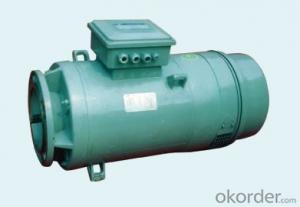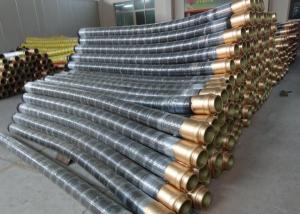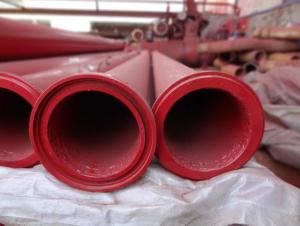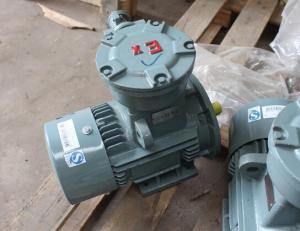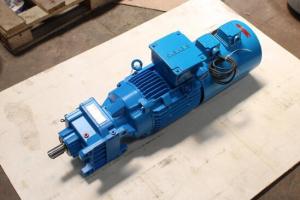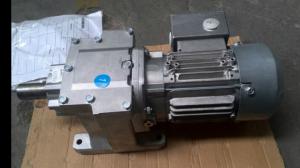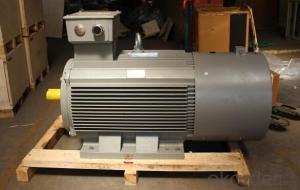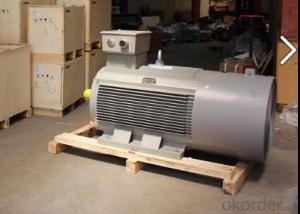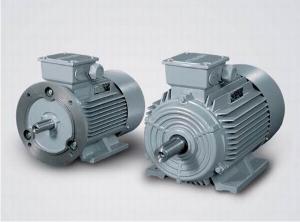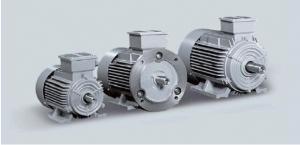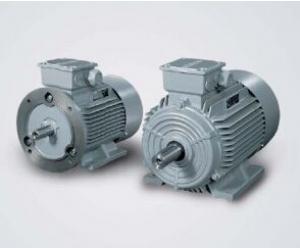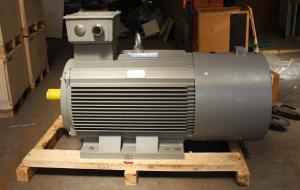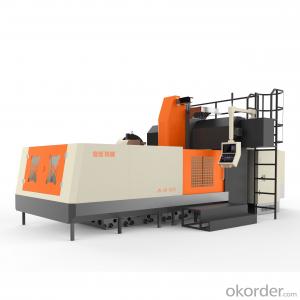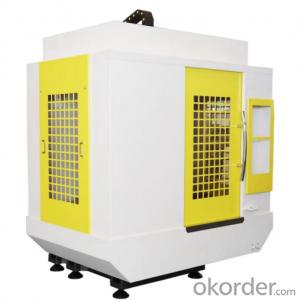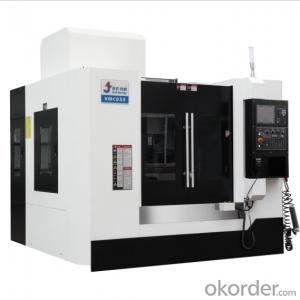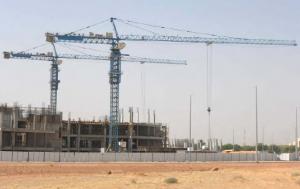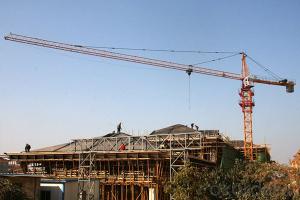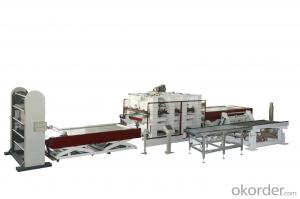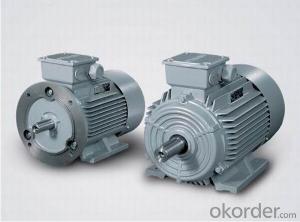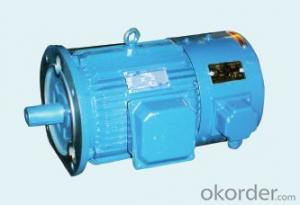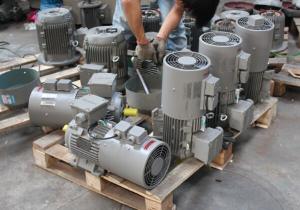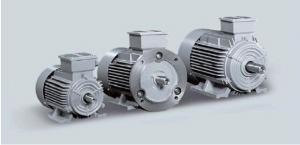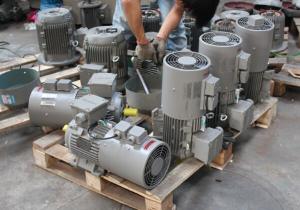YZTDE(PC)(IPW24) Multispeed three-phase asynchronous motorfor tower crane
- Loading Port:
- China Main Port
- Payment Terms:
- TT OR LC
- Min Order Qty:
- -
- Supply Capability:
- -
OKorder Service Pledge
OKorder Financial Service
You Might Also Like
Overview
YZTDE series motor is a mufti-speed three-phase asynchronous motor with special brakes attached to its tail, which is exclusively designed for the tower crane and other similar lifting
mechanisms (with national utility model paten)
Features
Big speed regulation ration, ideal ultimate ratio, high efficiency and big lifting torque;
Small starting current, simple and convenient control with high reliability
Athermal protection component is buried into the winding, which can be wired to motor temperature control& protection system, so the motor operation is more secure and reliable;
'the brake (fitted with special manual release device) is a de-energized brake type (with national utility model patent, Patient Iho. GL201120188124.9. LL201120188123.4)一it has big
braking torque and short response time. Due to very small mechanical noise during switching, it enables quick braking and accurate positioning
Made of a novel structure at the shaft end, it has good seal effect and long service life up to 3000h;
Compact structure, small volume and lightweight
User's Options
The user may select the motor with or without speed sensor where necessary. This is confirmed by the user when signing the contract
- Q:pls let me know if I can provide any information.
- a very large one (look at the data sheet and maybe you can find some suggestion)
- Q:Why is it better to use a DC motor rather than a AC motor?
- Wouldn't that depend on your application, power demand, power availability, etc? If you're running a toy remote controlled car, you'd get better efficiency with a DC motor, but if you're turning a ceiling fan, the heat loss in converting AC line power to DC to run the motor would kill your efficiency and an AC motor would be better.
- Q:like the Q says ac and heat quit working on my 03 durango does nothing at all on high works on all other settings.
- Sounds like an element in the resistor trio is burned out, though I'm not sure on the '03 where they put it. If you can see the motor from under the hood on the firewall, it's usually right next to it, it has electrical wires attached, and often held in by two screws. Good luck!
- Q:i hope that have picture of electric motor in refrigerator and more details about it.
- its really a compressor.
- Q:An old folk told me that with his 18 years working experience, that increase in ambient temperature (above 40C) will cause an AC motor to lower its RPM......True?? Please advise.....
- It is true that an increase in ambient temperature will cause an induction motor's speed to decrease in the absence of other influencing factors such as voltage change and load change. An induction motor's speed is the speed of the rotating magnetic field minus the motor's slip. Temperature is one of several factors that influences the motor's slip. Most of the speed change takes place when all of the parts of the motor are at room temperature before power is applied. As the motor comes up to its normal operating temperature, the temperature of the motor’s rotor can increase from 25C to 100C and the full-load speed could go down by 6 RPM or so. If the ambient temperature increases from 25C to 45C, the speed might go down another 2 RPM. In most situations, it would be difficult to detect such a small speed change, or to know that the speed change was not caused by a voltage change or load change. However, such changes are readily apparent when running dynamometer tests in a laboratory. Most of the speed change is due to increase in rotor resistance with temperature.
- Q:Locomotives that use Dynamic Braking with DC traction motors excite the field coils of the motors and turn them into energy producing generators. AC induction motors don't have that option since there are no windings on the rotating armature and there are no slip rings. When used as a traction motor, there are short circuited windings on the rotating armature that produce magnetic fields when rotated in magntic flux fields produced by three phase rotating fields in the outer windings. It would seem that for these traction motors to produce electricity that they must have additional windings on the rotating armature or permanent magnetics installed. Other articles on AC locomotive dynamic braking say that an induction motor is used with no slip rings. If so then how can the traction motor be turned into an alternator?
- A low voltage DC is applied to winging after motor is stopped which creates the magnetic Field applied on rotor to stop it
- Q:On a variable frequency ac drive, can you still use a amp-clamp to check the motor current? Are amp clamps only for 60 cycle power?
- It is good practice to make a record of the current for all motors, but especially ones on a VFD, where your measuring procedure should agree with the display by the drive. Work out how to get proper readings and verify that all is within ratings beforehand. This is much more difficult to work out if there is a problem later. It may make sense to measure the DC bus of the VFD too. If you have a low pass filter for the meter, this shows proper voltages, and the frequency (PWM modulating frequency related to speed) can be measured on a suitable meter. You can try your clamp meter to determine whether it is meaningful or not.
- Q:How to change AC motor to DC motor?
- Generally speaking, the motor is AC, and the phase change of the high-voltage DC is too sudden, which is easy to damage the motor. Batteries (electric cars) use dc.A direct current motor refers to an electric motor that uses a direct current supply (e.g., dry cells, batteries, etc.); an alternating current motor is an electric motor that uses a power supply, such as a home circuit, an alternator, etc..
- Q:lionel trains
- I am not understanding your question; Lionel Trains normally use reversible universal motors and are run on AC.
- Q:Anybody know of a schematic that allows a motor to rotate a composter in one direction for at least one full revolution and then switch directions for another full rotation, then repeat over and over again? Without any computer being involved please, if possible. Is this too crazy of a project or is it a simple additions of a certain existing parts to make this happen?I appreciate it in advance.
- What kindof motor is it? In general It is difficult to make motors rotate exact amounts, i.e. one revolution or fractions of, without some fairly specialised control electronics usually with a microprocessor. It could probably be done with a stepper motor with relatively simple circuitry, but this type of motor only comes in varietys upto a couple of watts of power, if you are trying to turn something large, youd need a large motor. A DC motor cant be controlled the way you want, but an AC induction motor could, but youd need to quite sophisticated control to do it.
1. Manufacturer Overview |
|
|---|---|
| Location | |
| Year Established | |
| Annual Output Value | |
| Main Markets | |
| Company Certifications | |
2. Manufacturer Certificates |
|
|---|---|
| a) Certification Name | |
| Range | |
| Reference | |
| Validity Period | |
3. Manufacturer Capability |
|
|---|---|
| a)Trade Capacity | |
| Nearest Port | |
| Export Percentage | |
| No.of Employees in Trade Department | |
| Language Spoken: | |
| b)Factory Information | |
| Factory Size: | |
| No. of Production Lines | |
| Contract Manufacturing | |
| Product Price Range | |
Send your message to us
YZTDE(PC)(IPW24) Multispeed three-phase asynchronous motorfor tower crane
- Loading Port:
- China Main Port
- Payment Terms:
- TT OR LC
- Min Order Qty:
- -
- Supply Capability:
- -
OKorder Service Pledge
OKorder Financial Service
Similar products
New products
Hot products
